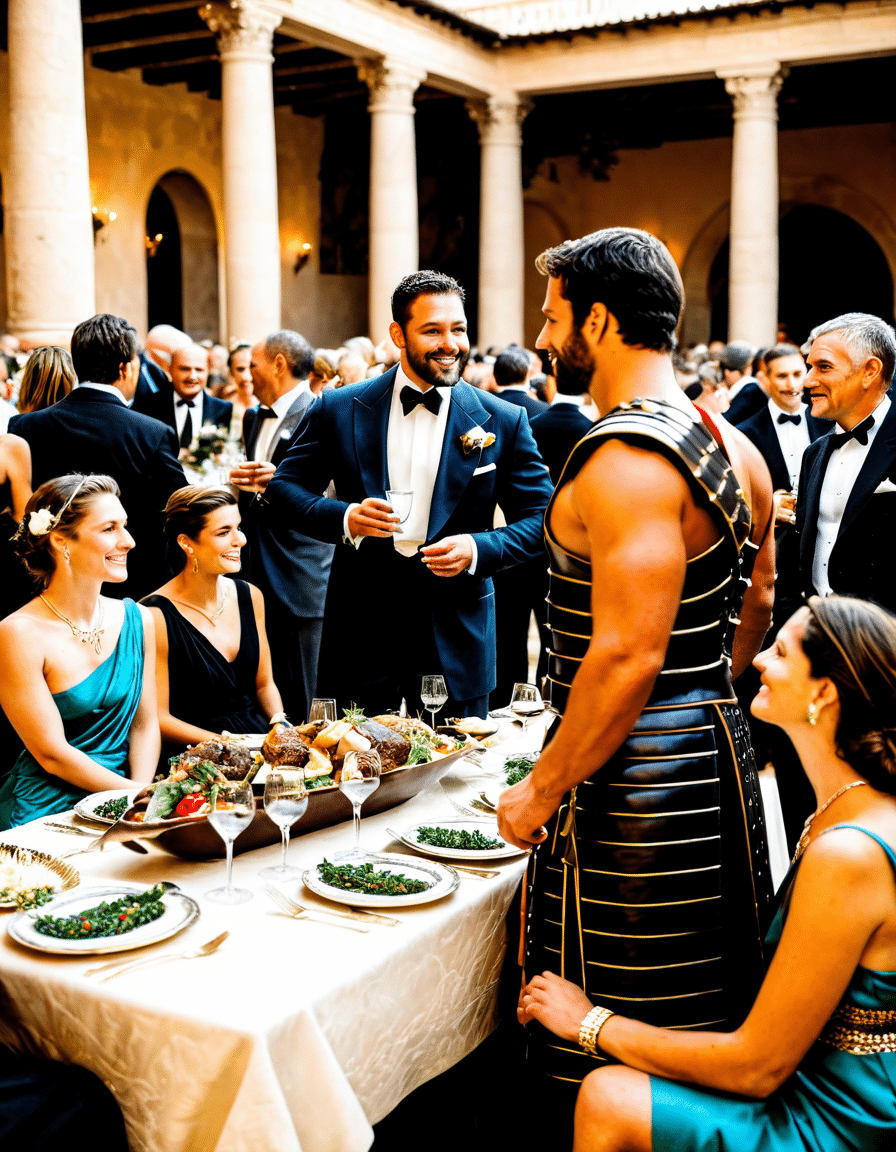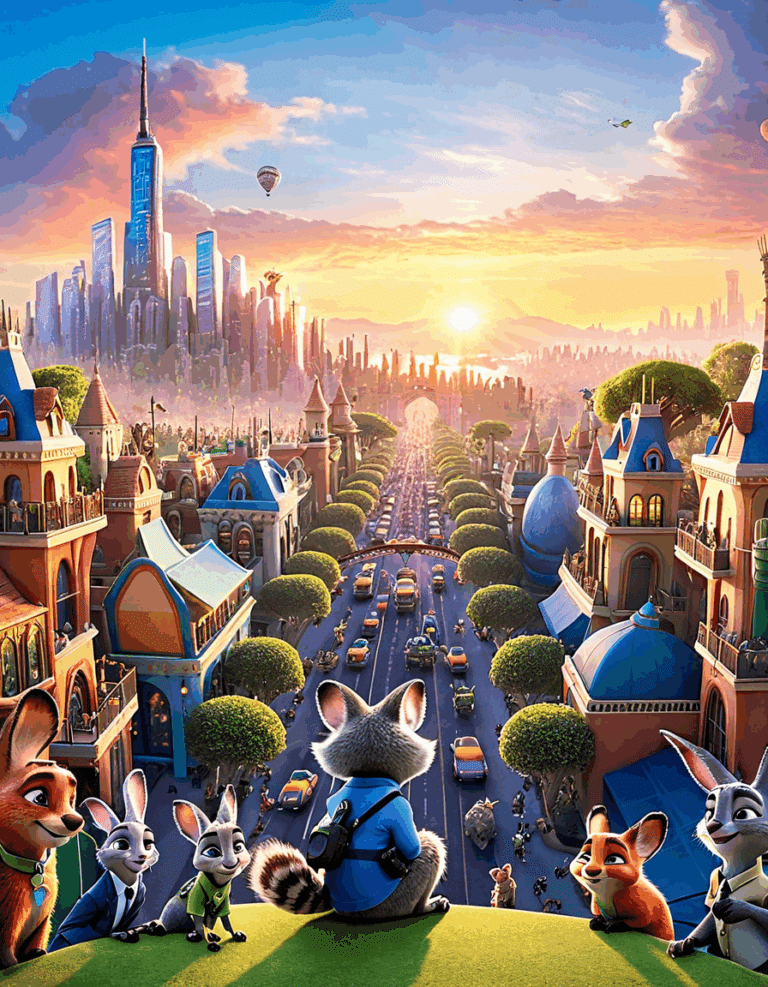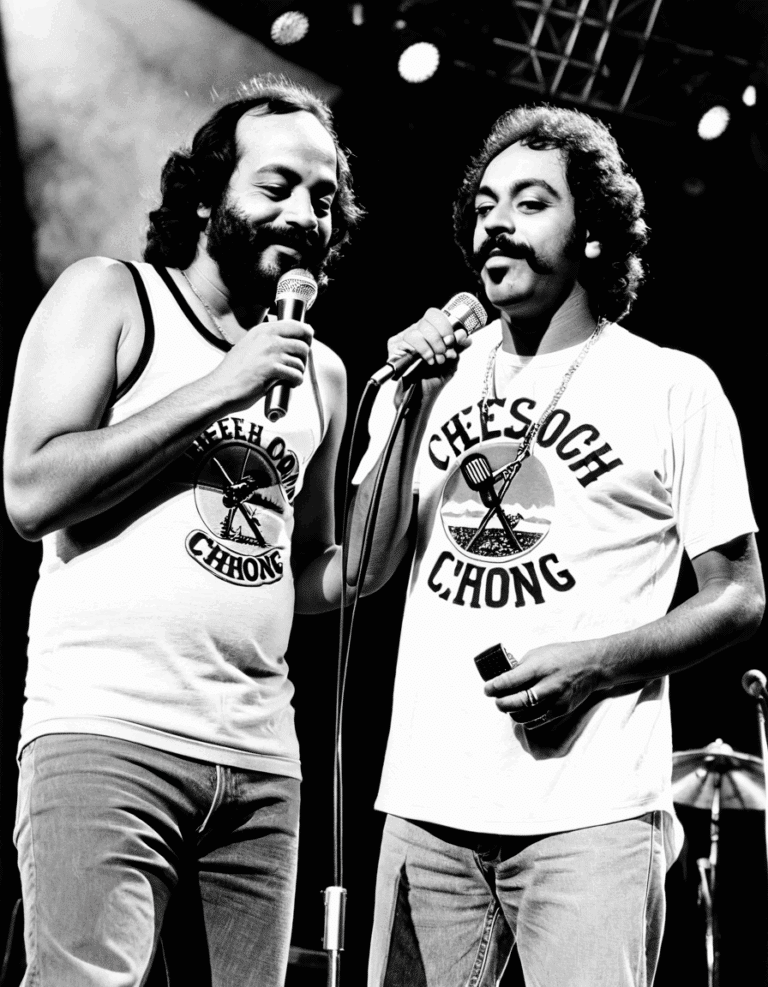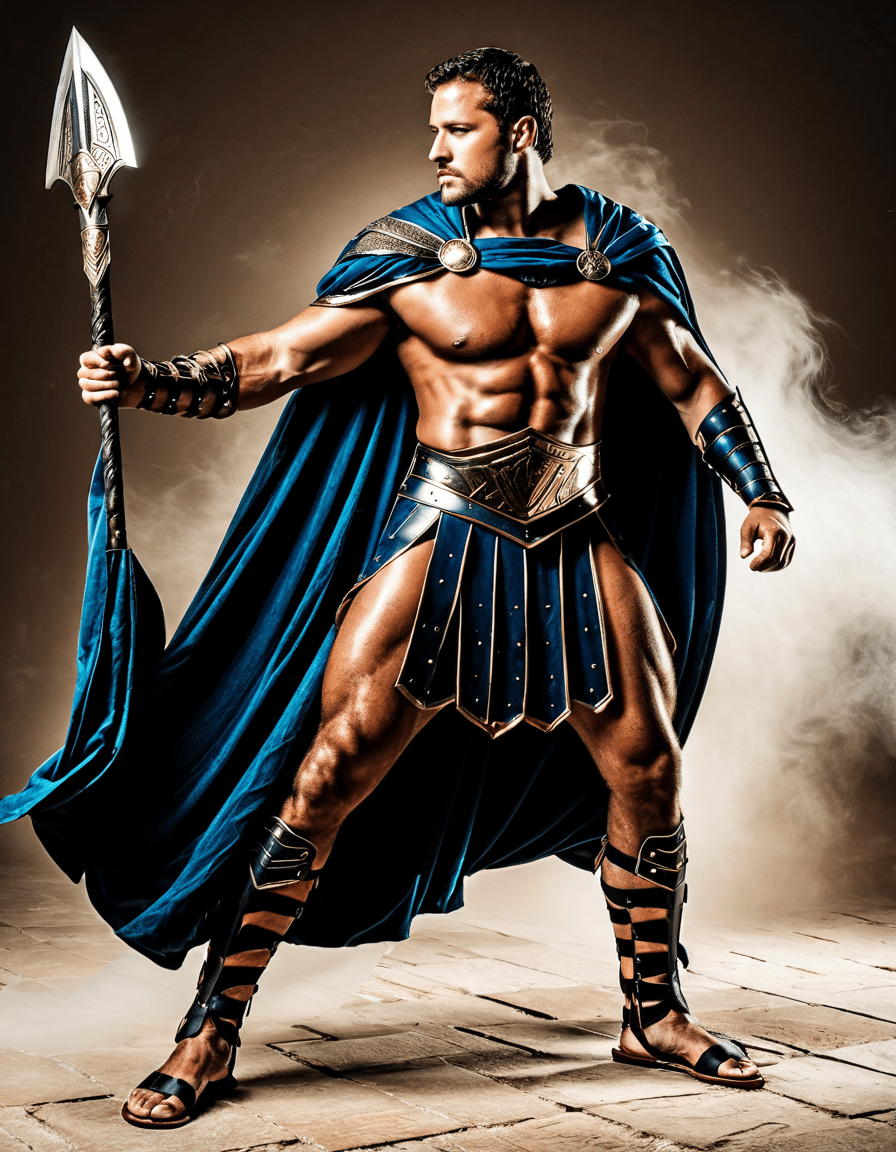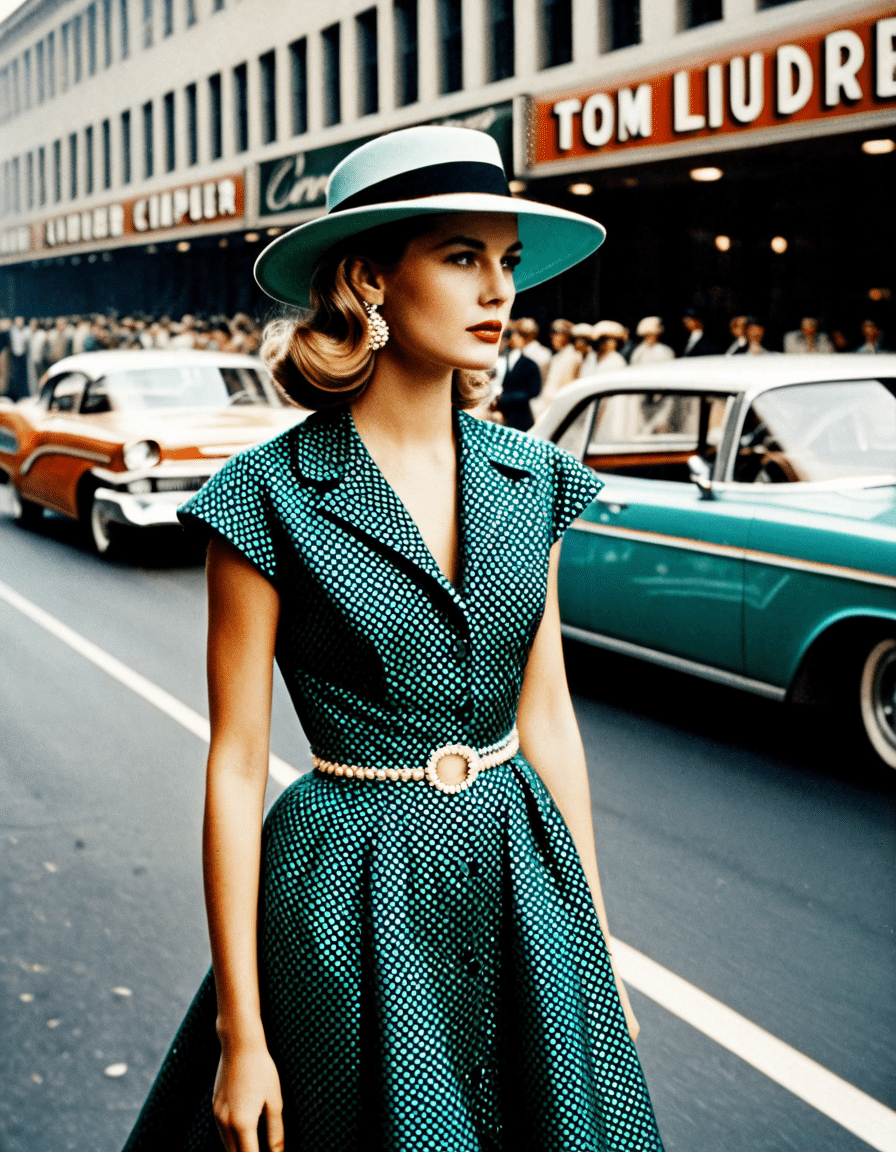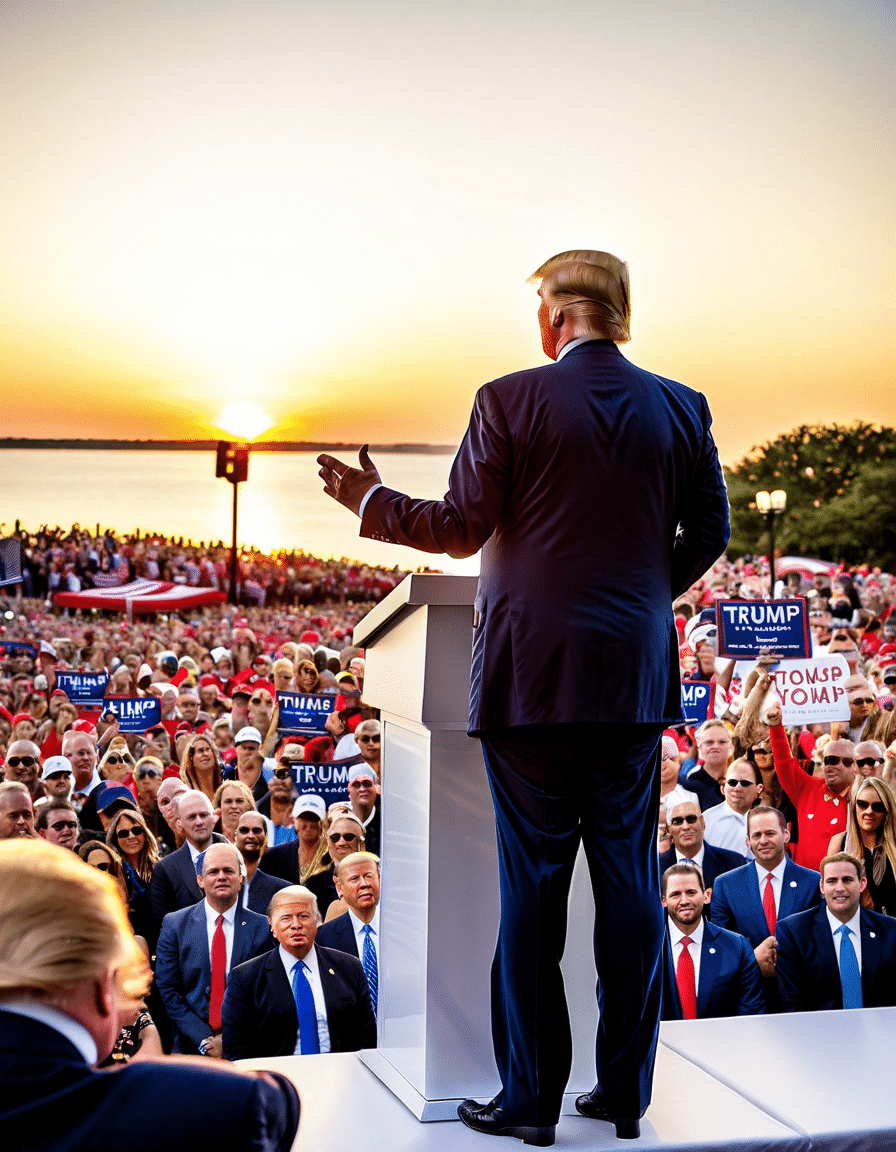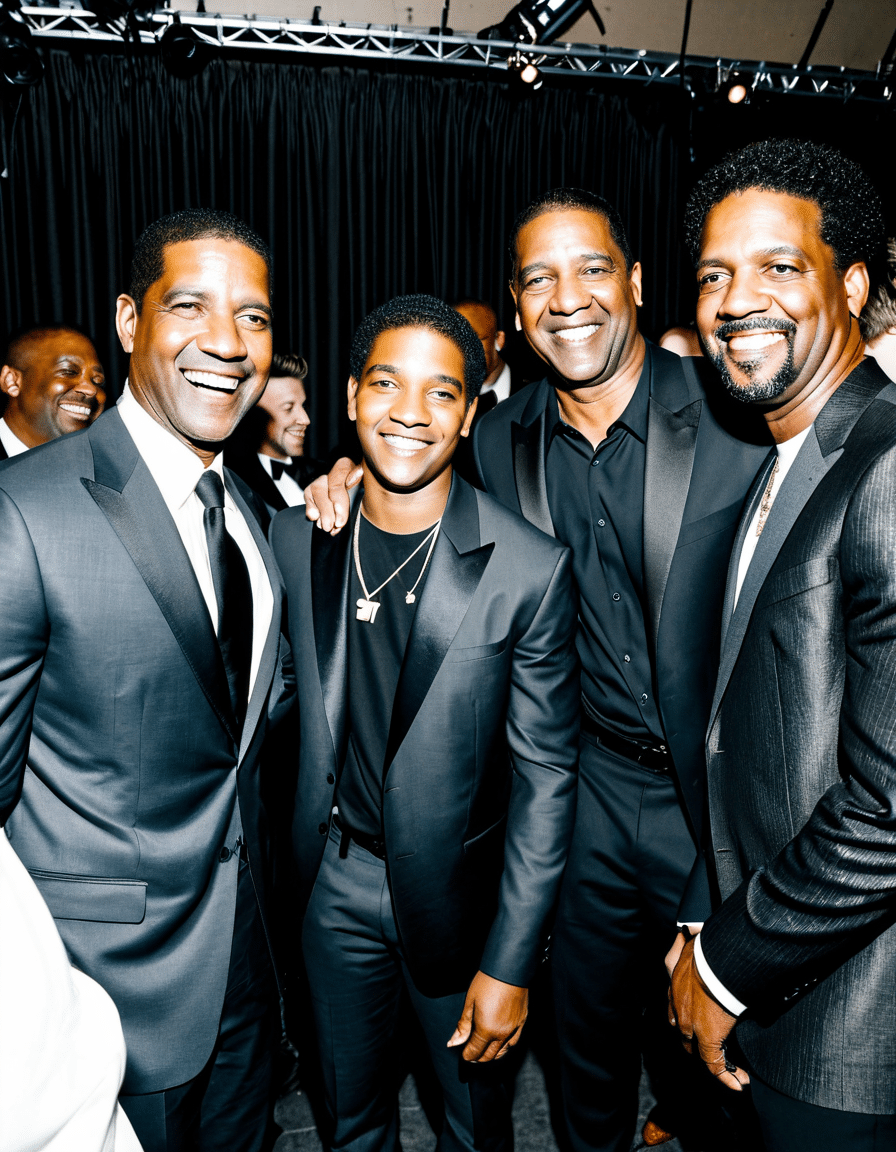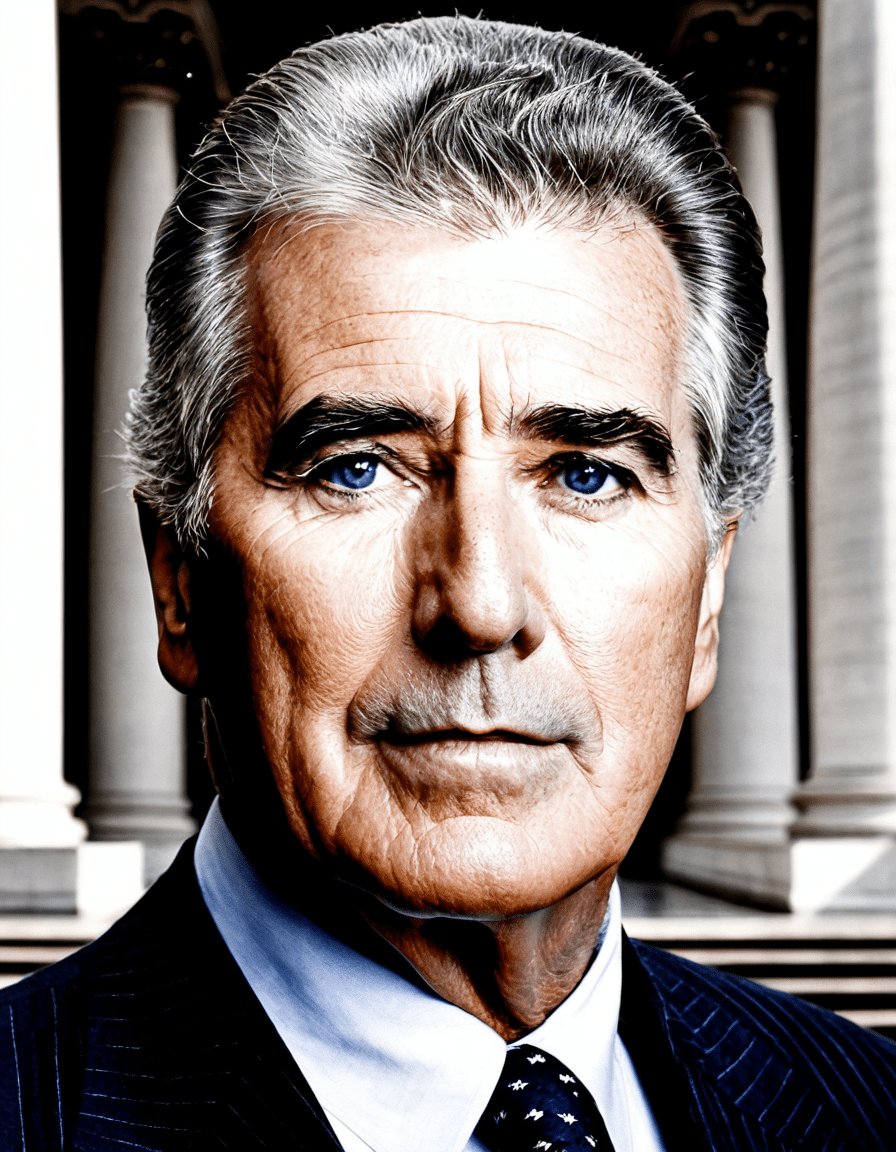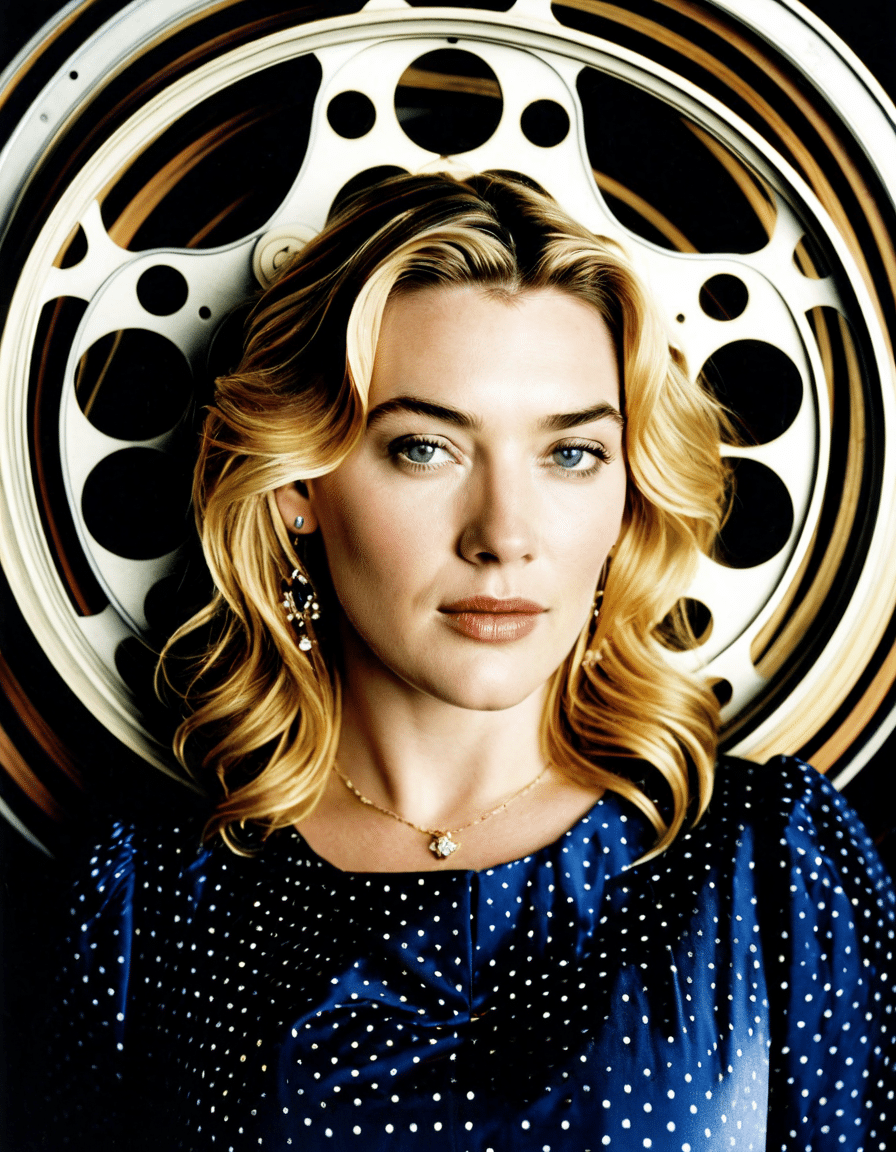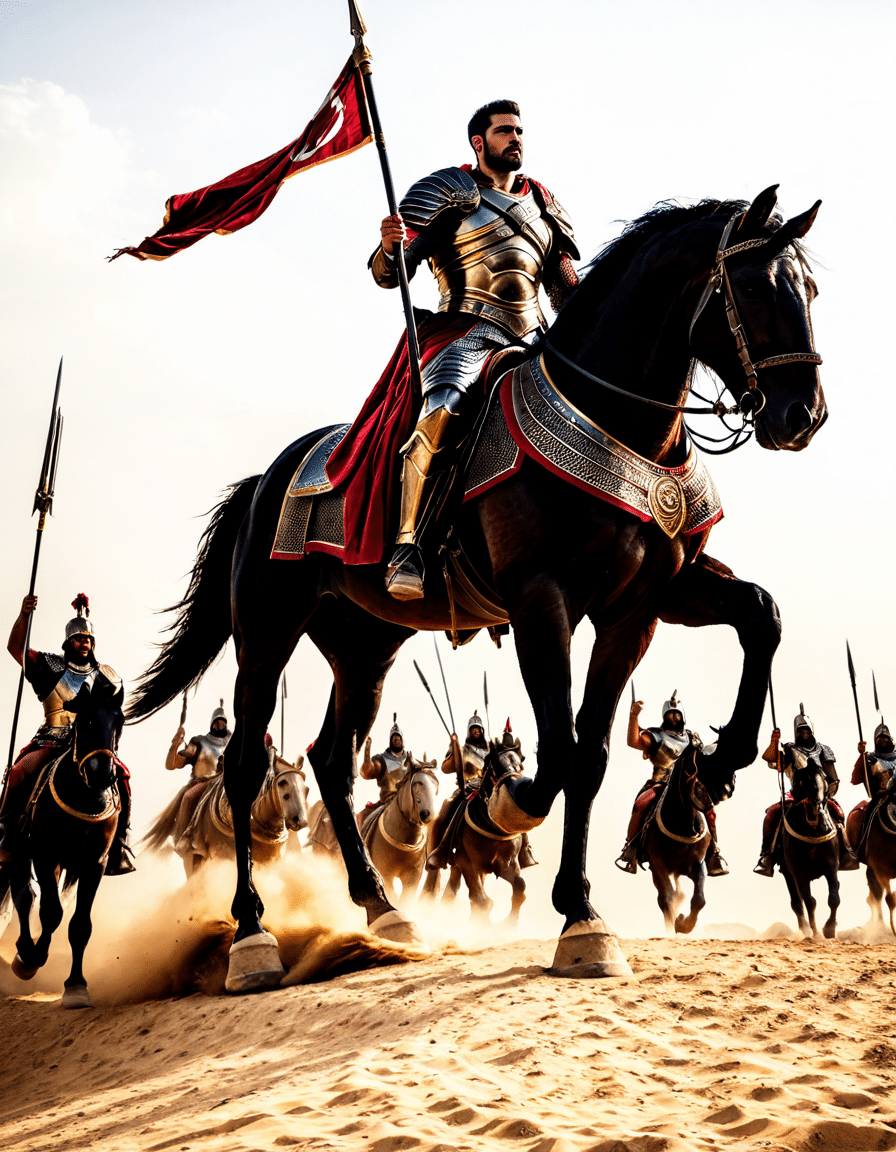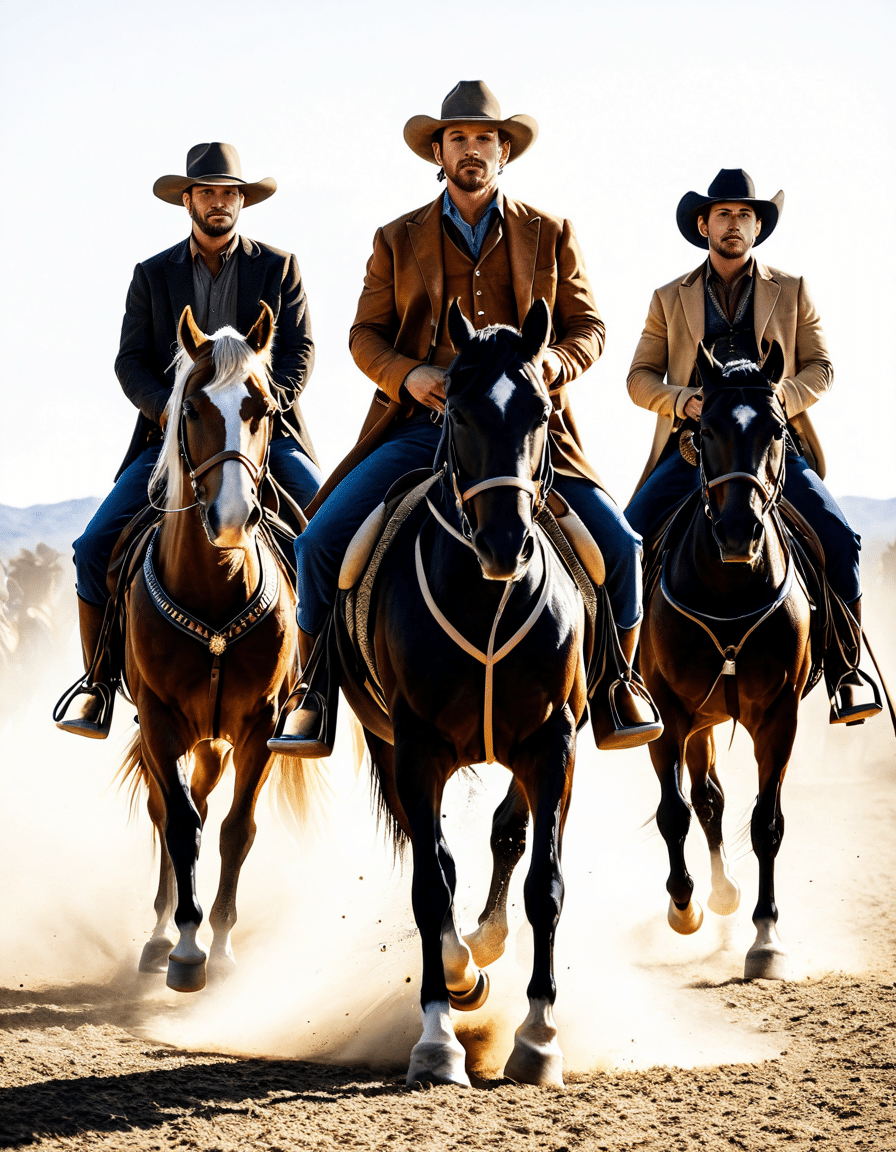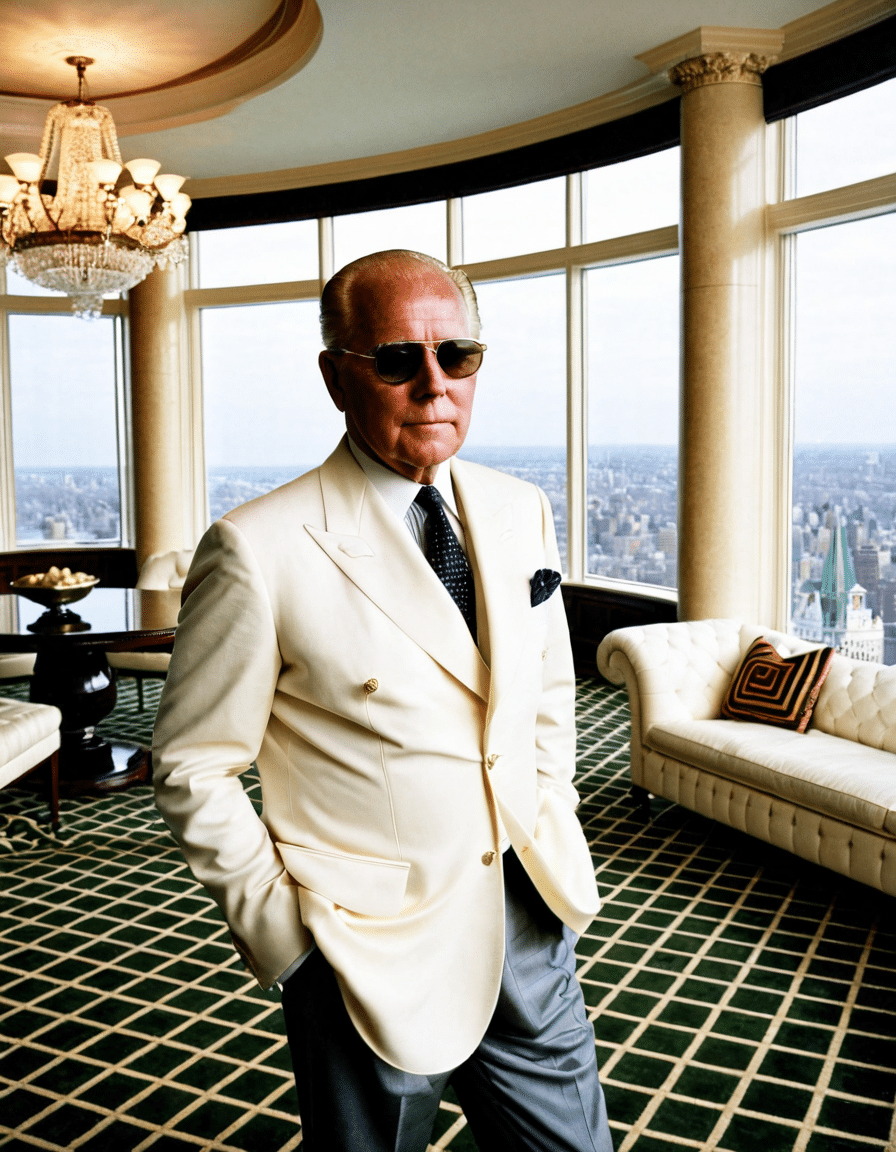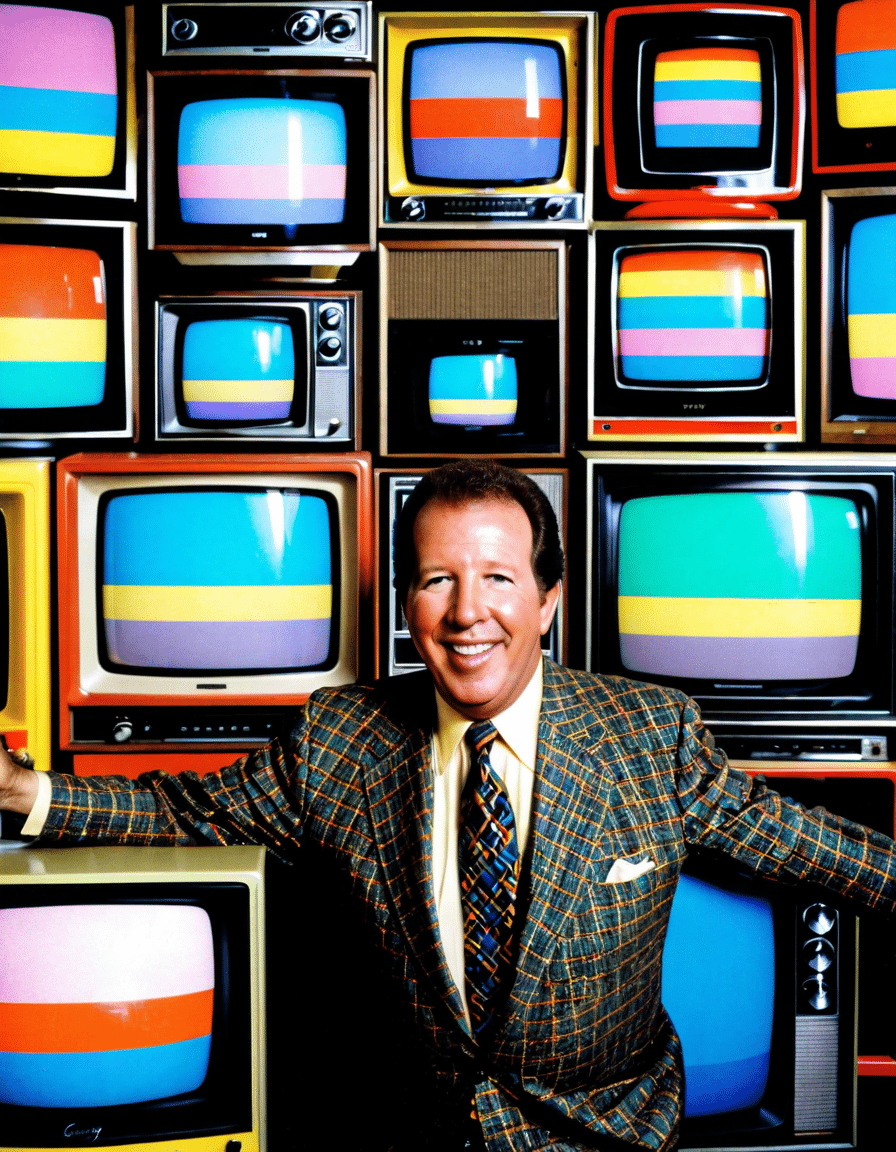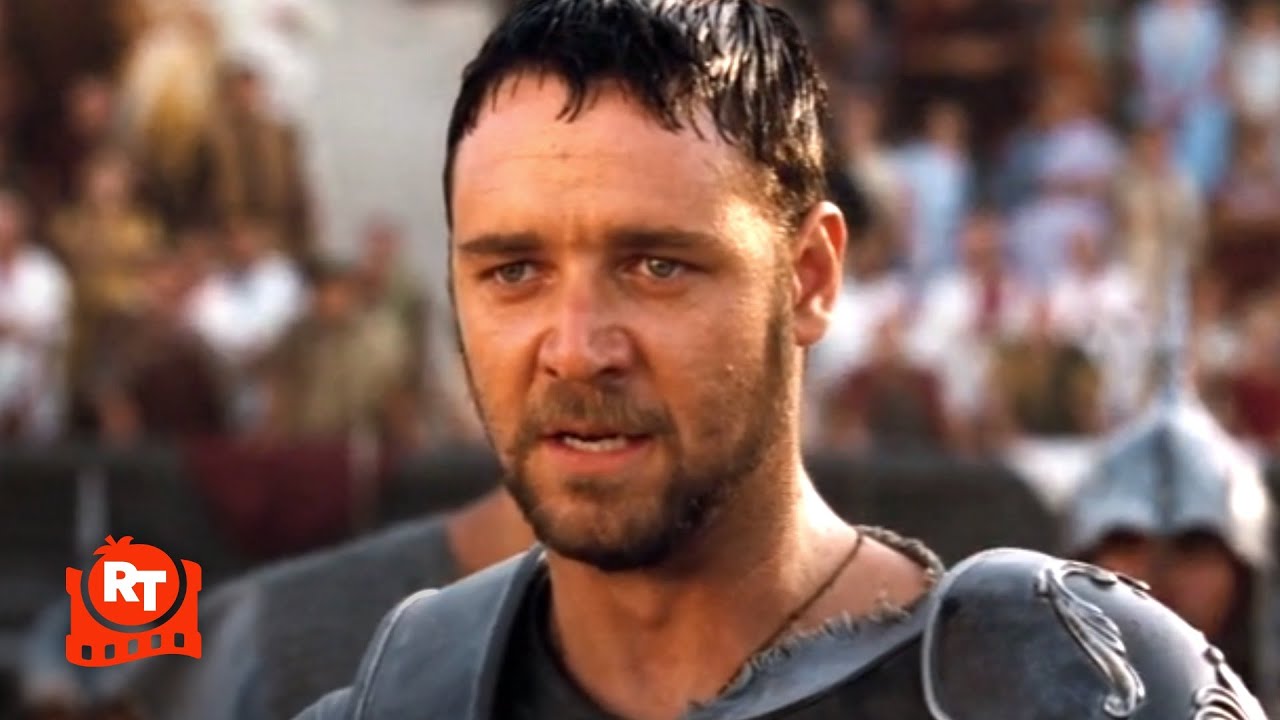
The Gladiator: An Icon of Ancient Rome
When you think of the gladiator, images swirl of fierce fighters clashing swords in dazzling arenas packed with screaming crowds. But these warriors were more than just entertainers; they were vibrant symbols of Roman society’s pulse, reflecting everything from class struggles to the tantalizing allure of fame. You see, the life of the gladiator offers an intriguing portal into the socio-political climate of Ancient Rome – a world where survival and spectacle often collided in breathtaking fashion.
The very origins of gladiatorial combat can be traced back to funeral rites, where men fought to honor the deceased. Over time, this evolved into rambunctious public spectacles, transforming the fighting pairs into household names. The tale of Spartacus, the legendary gladiator who led a monumental uprising against Roman rule, paints a poignant picture of rebellion simmering just beneath the glorified surface of these brutal shows. Thus, understanding gladiators allows us to glimpse a society grappling with its own moral complexities, where each clash in the arena was a mirror reflecting the greater struggles of the empire.
The Gladiator’s Historical Context and Significance
Fascinatingly, gladiators were a mixed bag of characters, ranging from enslaved individuals thrust into combat against their will to free men willingly seeking glory. This diversity provided a backdrop rife with narratives of defiance and ambition, echoing broader Roman societal themes. Within the walls of the Colosseum, these warriors not only fought for their lives; they became icons, embodying the triumphs and tragedies of their age.
Historians note the significance of crucial figures like the famed gladiator Flamma, who was a shining example of heroic duality. With every victory, he edged closer to freedom, while at the same time, the weight of his fame clawed at his desires. His ultimate choice to seek liberation after earning his fourth crown serves as a riveting reminder of the labyrinthine paths gladiators navigated, caught in a web of glory and captivity.
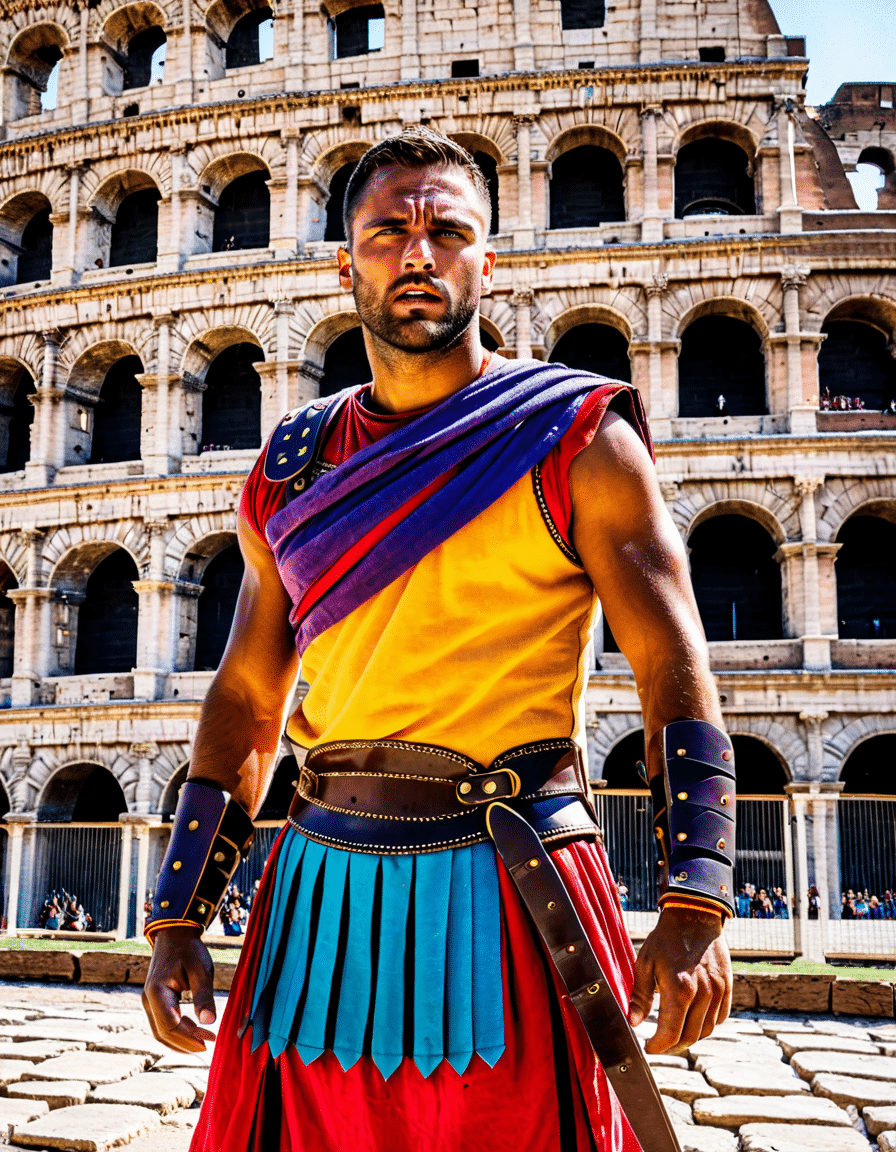
The Gladiator Captivates: 5 Iconic Figures Who Defined the Arena
Ah, Spartacus! This Thracian gladiator is arguably the most iconic face of resistance in Ancient Rome. His uprising against the Roman Republic fired up not only the emotions of his contemporaries but has continued to resonate, inspiring freedom fighters throughout history. Envision a mere gladiator igniting a nationwide conversation about freedom, oppression, and justice—a tale as timeless as those stone arenas they fought within.
Joining Spartacus in the annals of history is Crixus, a man who knew both the thrill of battle and the anguish of loyalty. As Spartacus’s right-hand man, he has been depicted as both a hero and a formidable opponent—marking a complex affiliation in the gladiatorial world. His legacy is a testament to the whirlwind of brutality and brotherhood that defined their struggles.
Step aside, mere mortals! Commodus flipped the script by jumping into the arena himself, showcasing a rather spectacular blend of political power and gladiatorial showmanship. His reign is a colorful chapter in the tapestry of the empire—his actions revealing how the might of gladiators intertwined with the imperial throne. And who could forget him prancing about in grandiose armor? A true visual feast, indeed!
Go, Flamma, go! This gladiator’s record of four victories and his dramatic pursuit of freedom after beating odds is nothing short of cinematic. His legacy wades through themes of choice and sacrifice, illustrating the fight for humanity amidst an entertainment-laden world. Did he choose the fame that could bind him, or did liberation tempt him even more?
The famous duel between Priscus and Verus back in 80 AD marks a highlight in gladiatorial lore. Their clash, filled with intense rivalry and spectacle, captivated audiences and illuminated the insatiable appetite for drama and conflict that permeated Roman life. This fierce competition wasn’t just about bloodshed; it embodied the very spirit of Roman form, where victors wrote their own legacies.
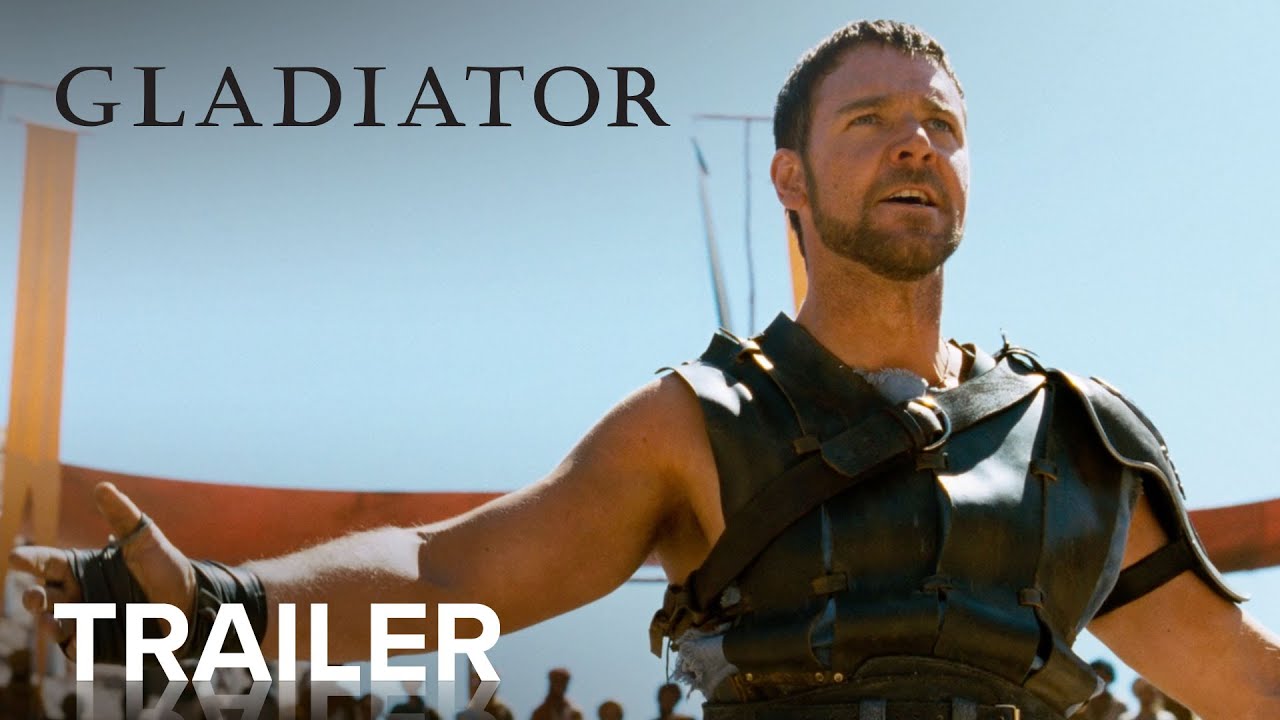
The Gladiator Film Franchise: A Cultural Phenomenon
Gladiator (2000) and Its Impact
Let’s rally ’round the film that rabbit-holed us all into a newfound obsession with Ancient Rome: Ridley Scott’s coveted Gladiator. Released back in 2000, it resurrected the gladiatorial spirit for a new generation—Russell Crowe’s portrayal of Maximus became a modern archetype of honor, vengeance, and betrayal. With breathtaking visuals and a gripping storyline, it sparked a renewed interest in the gladiator mythos that hasn’t dimmed since.
The film’s cultural impact extended beyond simply entertaining the masses; it made history palatable and accessible, sending audiences deep into an era marked by both grandeur and terror. It opened up a smorgasbord of cinematic potential that delighted audiences and even toyed with historical themes and figures, making it a cornerstone of contemporary storytelling about the past.
Gladiator II: The Sequel That Breaks Barriers
Now, hold onto your hats, because Gladiator II is on the horizon, promising to broaden our understanding of the gladiatorial experience further. While details remain closely guarded, anticipation buzzes like a Roman marketplace at rush hour. This film hopes to shine a spotlight on the lives of those left in the shadows of glory, exploring modern parallels to today’s conflicts, such as sovereignty and human rights.
This impending sequel underlines how gladiatorial narratives remain powerfully relevant, delving into the themes of resilience and the pursuit of identity amidst trials. As we wait, it ignites an ongoing dialogue about power dynamics not just in Ancient Rome but in our present-day arenas, making us ponder: how do we navigate our societal struggles today?
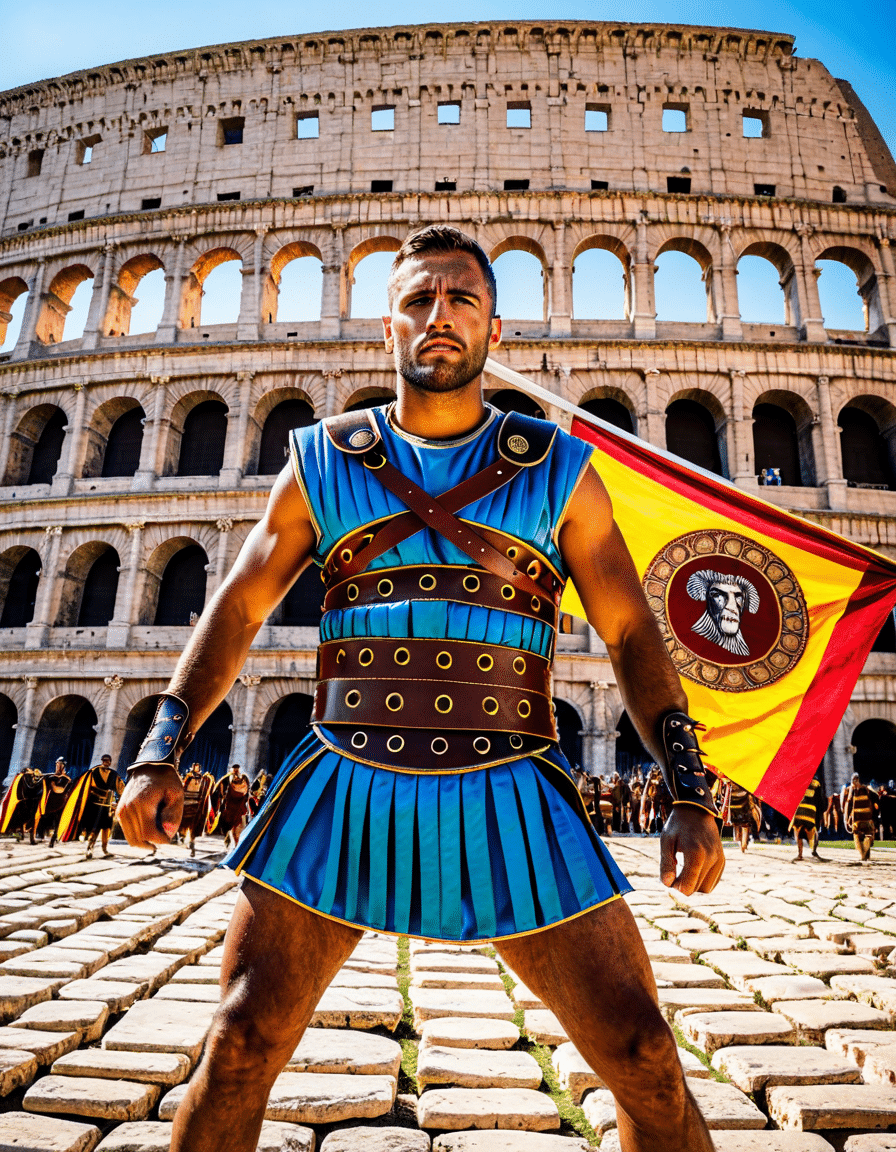
Recognizing the Legacy of Gladiators in Modern Culture
Gladiators might have roamed the ancient sand, but their echo rings through our modern world in curious ways. From sports to entertainment, their legacy springs forth with persistence. The portrayal of gladiatorial combat continues to seep into contemporary mediums, none more so than in gaming. Video games like God of War weave these ancient themes into intricate narratives, urging players to wrestle with moral dilemmas and heroic journeys.
Moreover, the world of professional wrestling has equally borrowed from the dynamics of gladiatorial combat, crafting larger-than-life personas with scripted rivalries that take you straight back to those legendary coliseums. The footlights of modern arenas beckon to gladiatorial echoes, reminding us that the quest for fame still runs deep in our veins.
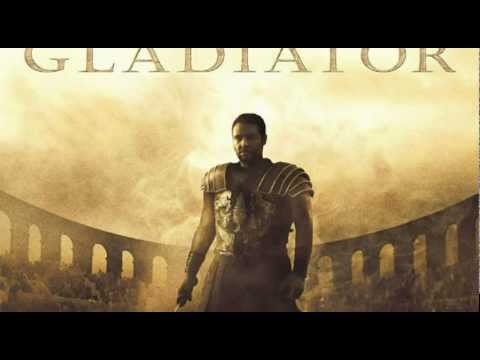
The Enduring Fascination with Gladiatorial Combat
As we pull back the veil on the ageless legacy of the gladiator, we’re reminded of humanity’s complex engagement with themes of violence, camaraderie, and heroism. These fighters symbolize timeless struggles, challenging us to contemplate our own societal values and structures. Both in thoughtful academic discussions and thrilling stories on screen, the essence of the gladiator persists, beckoning us to explore our own struggles for identity and meaning.
As we reflect on their riveting journeys, we must also ask ourselves: what are our present-day “arenas”? Whether they’re political whirlwinds, cultural battlegrounds, or social upheavals, the gladiatorial spirit continues to inspire and provoke thought. Such reflections encourage us to understand the deeper narratives shaping our world today, making the saga of the gladiator not merely a matter of ancient history, but a living, breathing discourse relevant to our modern lives.
The Gladiator Who Captivated the Ancient Arena
Iconic Challenges of the Arena
In the world of gladiators, bravery and skill were key, and one can’t help but appreciate just how much these fighters risked for their freedom—or just to survive another day. Did you know that many gladiators were often slaves or prisoners? Yet, among them stood the gladiator, who encapsulated the fierce spirit of ancient Rome, winning the hearts of thousands. Like a modern-day athlete, he commanded respect and drew crowds, much like how Marko Jaric captivated basketball fans with his flair on the court. The gladiator’s fame sometimes even rivaled contemporary celebrities, making one ponder if they too could have rocked a joint reality show—much like the cast Of Home economics today!
Training and Tactics
The gladiator’s training was no walk in the park. Picture a mix of rigorous workouts and masterful combat techniques that crafted warriors—much like how legendary rockers like Brandi Carlile line up powerful songs that resonate with fans. Interestingly, gladiators often specialized in different fighting styles, just as Billy Maximoff carved out his niche in superhero lore. This specialization allowed them to engage in thrilling combats, turning the arena into a spectacle that brought glory and notoriety, with spectators on the edge of their seats.
Life Beyond the Arena
Despite the dangers, many gladiators aspired for fame, which could lead to freedom. It’s a little reminiscent of how some folks chase after the latest buzz, like the eagerly awaited Zootopia 2 release date. But life was fraught with peril; one slip could mean disaster, recalling the fate of beloved stars like Michelle Trachtenberg—who, despite her talent, faced unexpected hurdles. Also, let’s not forget the social dynamics at play; fame did not protect them from the harsh realities of their status, much like Adrian Dunbar, who, despite his popularity, navigates the unpredictability of existence as a public figure. So, as we remember the gladiator, let’s reflect on the complexities of his life both inside and outside the ring while embracing the exciting spirit that still fills our arenas today.
